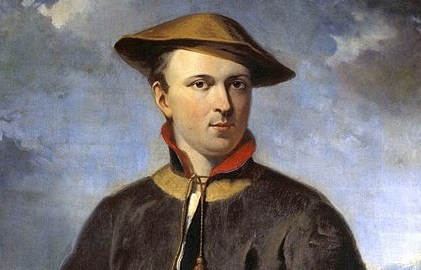The Invention of White People

Americans continue to believe in race—“kind of like [how] people believe in witches,” says Princeton historian Nell Irvin Painter. Yet the concept of race as we know it didn’t develop until the Enlightenment, and American notions of what constitutes a “white” or “nonwhite” person have a complex history—one in which Carolus Linnaeus, Ralph Waldo Emerson, and (possibly) Barack Obama all play a role. It’s the story Painter tells in her new book, “A History of White People,” and in her Big Think interview.
It’s no secret that the definition of white has expanded over the centuries, such that it now encompasses not only “Anglo-Saxons” but also people of Irish, Italian, Greek, and Jewish descent. But how did this expansion take place? And will it continue in the centuries ahead—or will racial boundaries change altogether? Both, says Painter, who believes that even as the idea of whiteness grows more ambiguous, “the idea of blackness, that is, poor dark-skinned people,” will survive as long as fundamental inequalities persist in American society.





